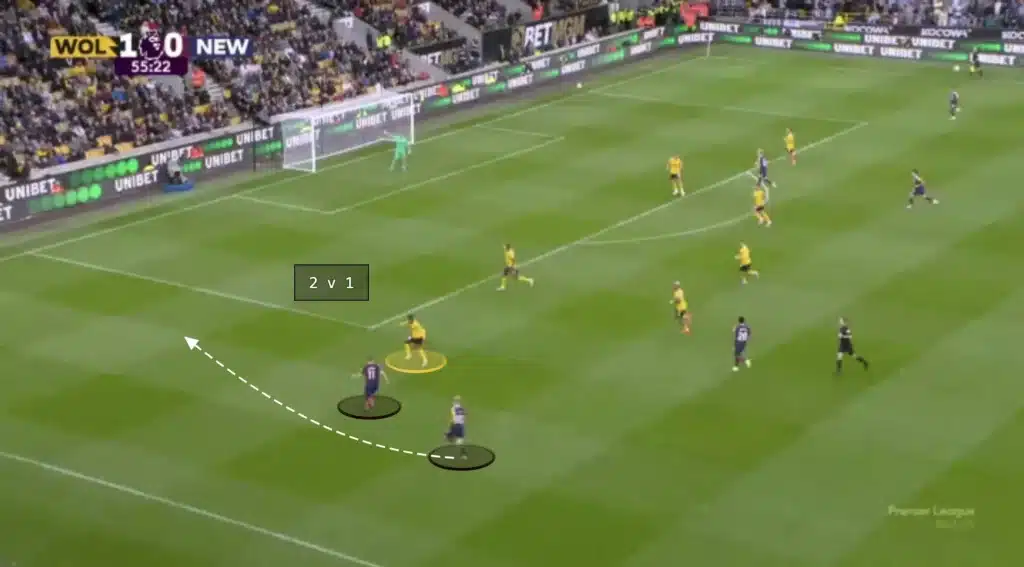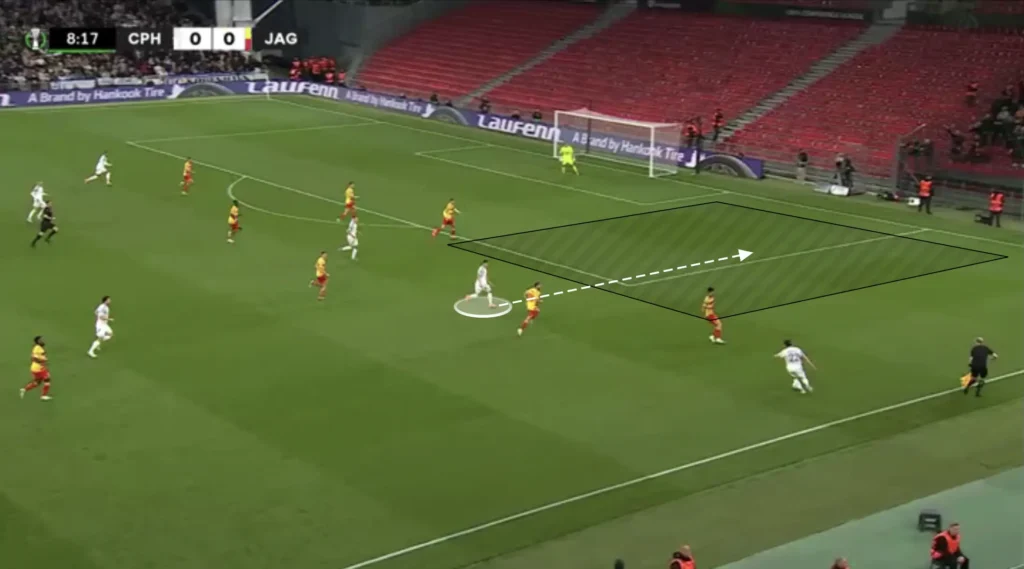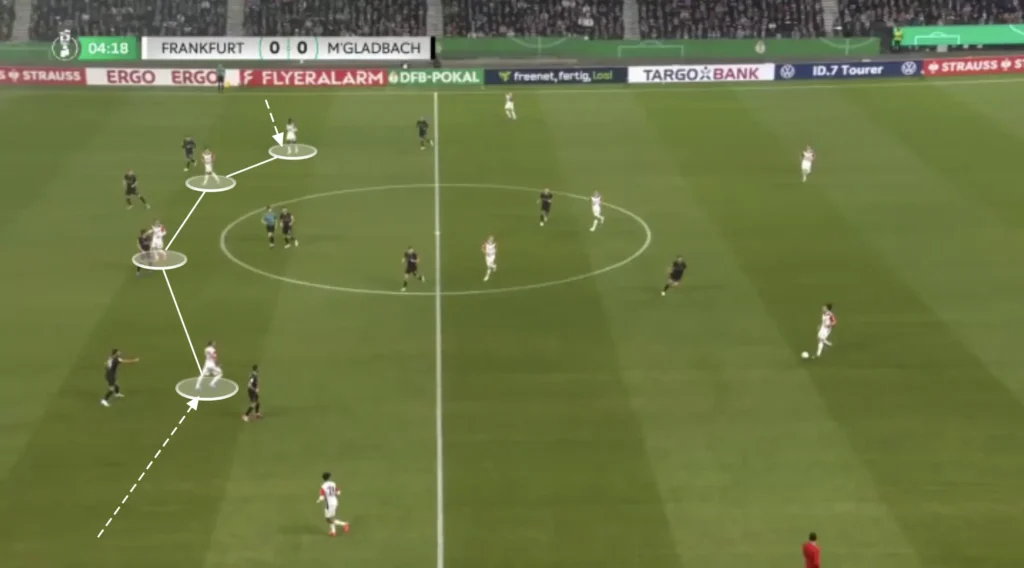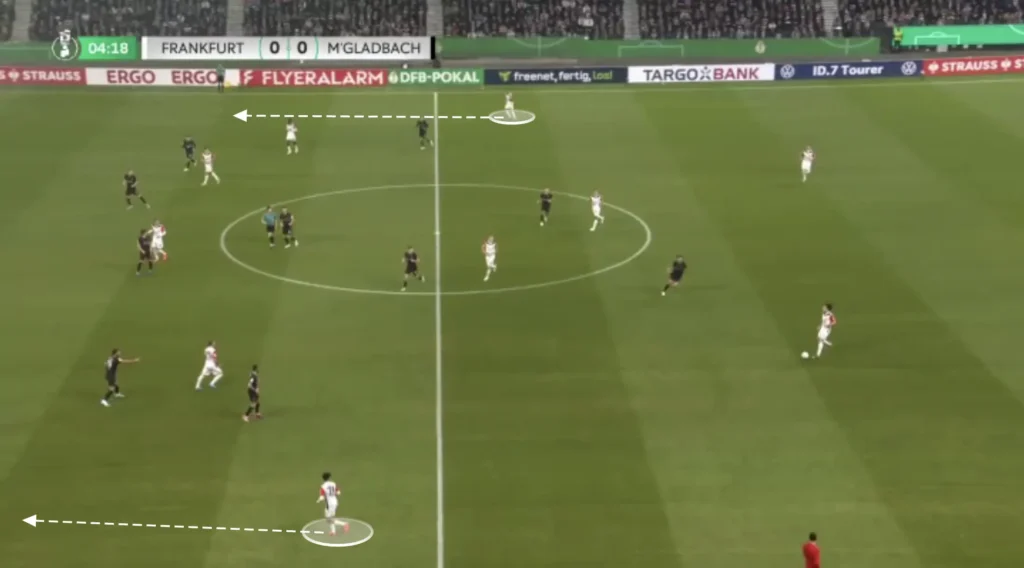In modern football, the role of the fullback has undergone a remarkable transformation. No longer confined to defensive duties, fullbacks now play a pivotal role in attacking play, influencing how teams create chances, maintain width, and dominate games. The attacking fullback is a dynamic player, seamlessly transitioning between defense and attack, helping teams adapt to various in-game situations.
This article explores the tactical evolution of attacking fullbacks, detailing their roles, responsibilities, and importance in different systems.
What Is an Attacking Fullback?
An attacking fullback is a player positioned in wide defensive areas who is heavily involved in offensive play. Unlike traditional fullbacks, whose primary focus was on stopping opposition wingers, attacking fullbacks push forward to create overloads, support wingers, and deliver crosses into the box.
This evolution stems from the need for teams to dominate games and break down increasingly compact defenses. In the past, fullbacks would primarily stay deep, but modern tactics demand a more proactive role, with these players often functioning as key playmakers or goal-creators.
Key Roles and Responsibilities
1. Providing Width
One of the most critical roles of an attacking fullback is to provide width. By hugging the touchline, they force the opposition defense to stretch horizontally, opening gaps in central areas for midfielders and forwards to exploit. In systems like the 1-4-3-3 or 1-4-2-3-1, where wingers often cut inside, fullbacks are tasked with maintaining width and offering an outlet on the flanks.
2. Overlapping and Underlapping Runs
Attacking fullbacks are instrumental in creating overloads by overlapping or underlapping the winger. Overlapping runs involve the fullback running outside the winger to deliver crosses, while underlapping runs see them cut inside into the half-spaces to receive the ball in more central positions. Both movements disrupt defensive structures and create opportunities to penetrate the final third.
3. Delivering Crosses and Cut-backs
A key attacking weapon for fullbacks is their ability to deliver accurate crosses and cut-backs. Whether whipping the ball into the box from wide areas or cutting it back to a trailing midfielder, their delivery can directly influence the outcome of a match. This is especially crucial in teams that rely on aerially dominant strikers or well-timed runs into the box.
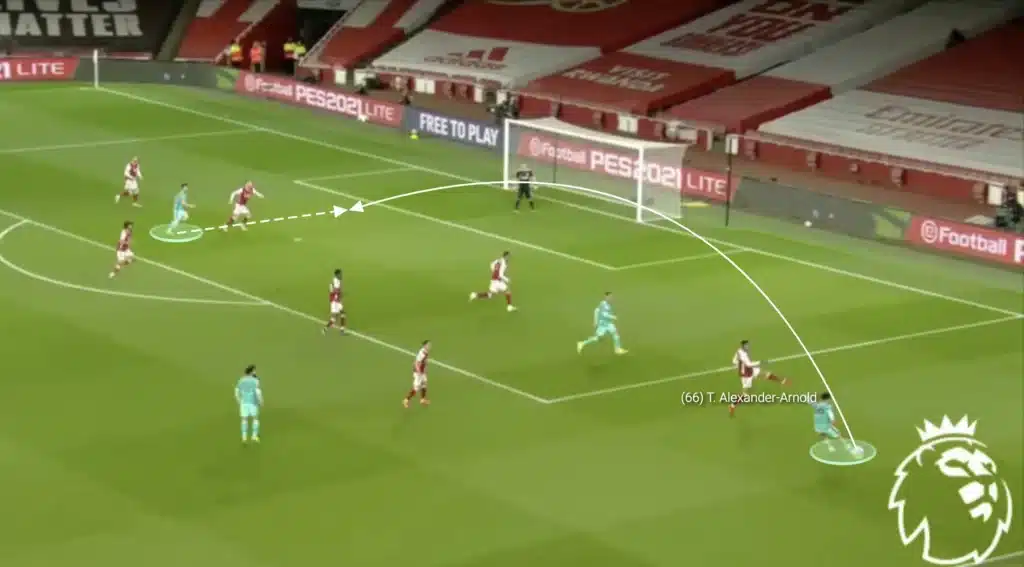
4. Supporting Build-Up Play
Modern fullbacks are deeply involved in their team’s build-up play. By, for example, coming into midfield, they create numerical advantages, help their team retain possession, and progress the ball through the thirds. Some systems, such as Ange Postecoglou’s inverted fullbacks at Tottenham, use this tactic to dominate the midfield and control the tempo of the game.
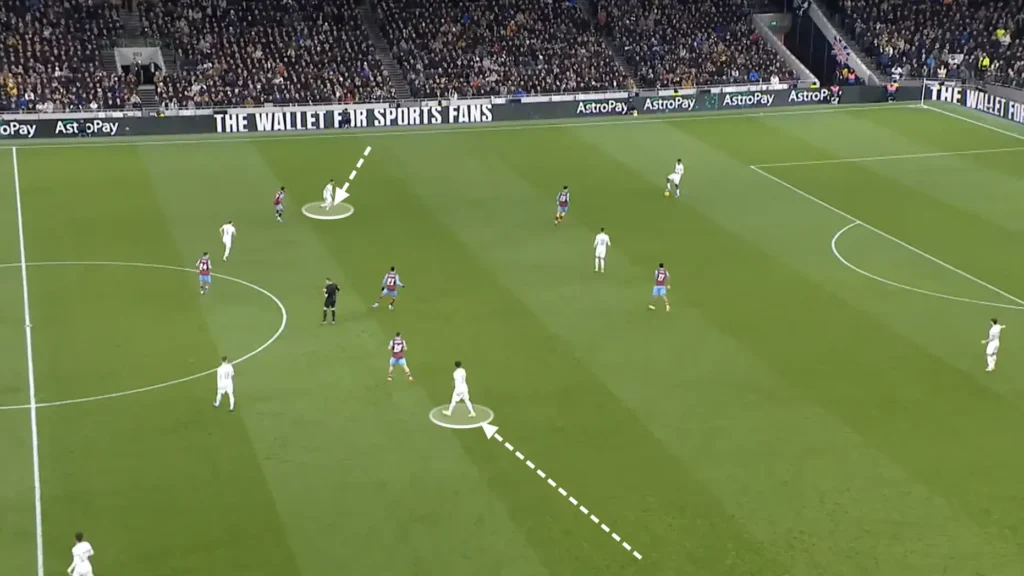
5. Defensive Recovery and Positional Awareness
Despite their offensive duties, fullbacks must also excel in defensive transitions. When possession is lost, they need to recover quickly, track back, and close down opposition wingers or wide forwards. Their positional awareness is crucial to ensure they don’t leave their team exposed to counterattacks.
How Teams Use Attacking Fullbacks
The role of the attacking fullback varies based on the team’s tactical setup. Different systems utilize them in unique ways, depending on the team’s style of play and the manager’s philosophy.
1. Inverted Fullbacks
In systems like those used by Pep Guardiola at Manchester City, fullbacks often move into central midfield positions during the build-up phase. This “inverted” movement allows the team to dominate the midfield, create overloads, and protect against counterattacks. In this role, fullbacks often act as extra midfielders, contributing to passing combinations and dictating the game’s tempo.
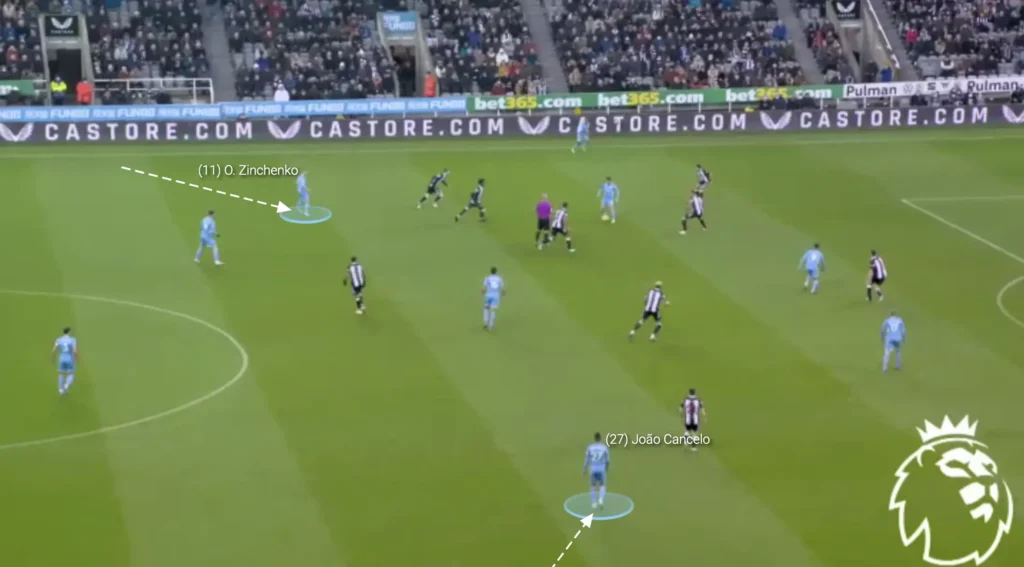
2. Wing-Backs in a Back Three System
In formations like the 1-3-4-3 or 1-3-5-2, fullbacks operate as wing-backs, essentially playing as wide midfielders with defensive responsibilities. These systems give fullbacks even greater attacking freedom, as they are supported by three central defenders. Wing-backs in these setups are expected to cover the entire flank, contributing to both attacking and defensive phases.
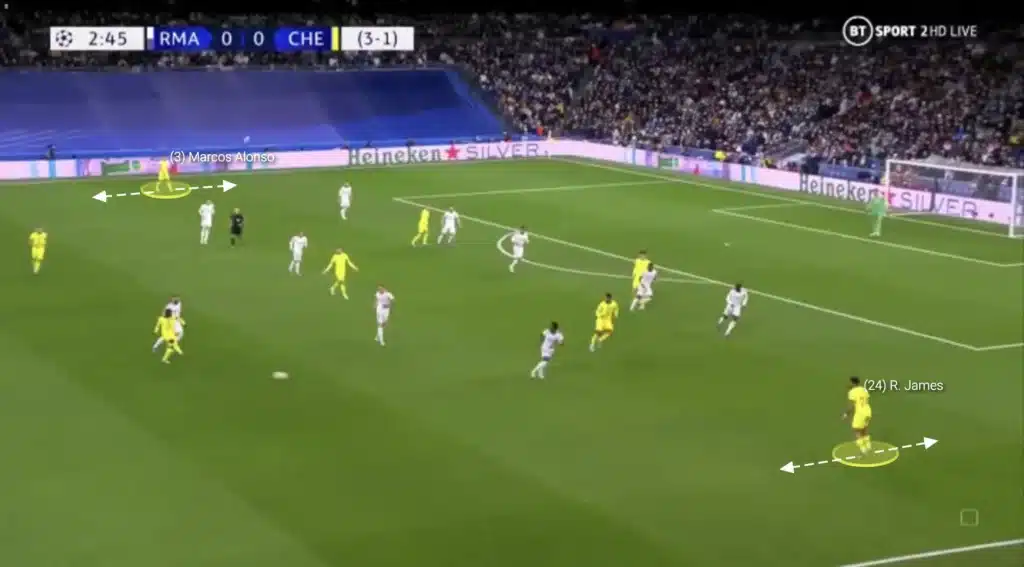
3. Wide Fullbacks Pushing Up When the Winger Inverts
In modern tactical systems, fullbacks often push higher up the pitch when the winger on their side moves inside. This movement maintains width in attack while creating central overloads. As wingers drift into central areas, fullbacks exploit the vacated wide spaces, providing crossing opportunities or stretching the opposition’s defensive shape. This approach demands excellent positional awareness, stamina, and the ability to deliver precise crosses under pressure.
Strengths of Attacking Fullbacks
1. Creating Overloads
Attacking fullbacks are key to creating numerical superiority in wide areas. By combining with wingers and central midfielders, they can overload opposition fullbacks and create crossing or shooting opportunities.
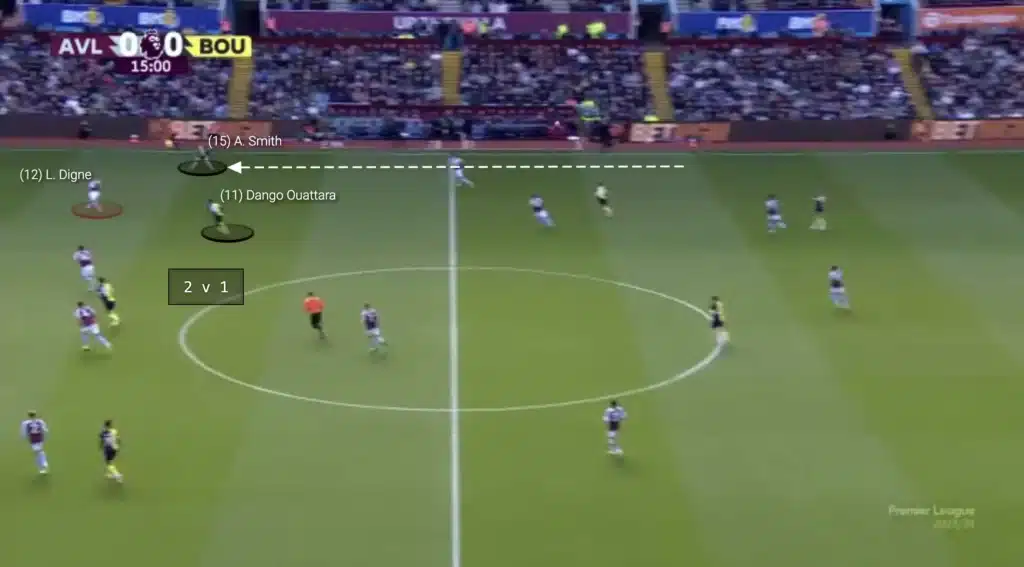
2. Stretching Defenses
By staying wide and pushing high up the pitch, fullbacks force opposition defenses to cover more ground. This stretching opens up spaces for attacking players to exploit, especially in central areas.
3. Versatility
Modern fullbacks are versatile players who can adapt to multiple roles, whether it’s as a traditional wide player, an inverted fullback, or a defensive anchor in transitions. Their ability to switch roles during the game makes them indispensable in modern football.
Challenges for Attacking Fullbacks
1. Defensive Vulnerabilities
Pushing high up the pitch leaves space behind the fullbacks, making the team vulnerable to counterattacks. Opponents often target this space, especially with fast wingers or long balls. Teams with attacking fullbacks must rely on defensive midfielders or center-backs to cover these areas.
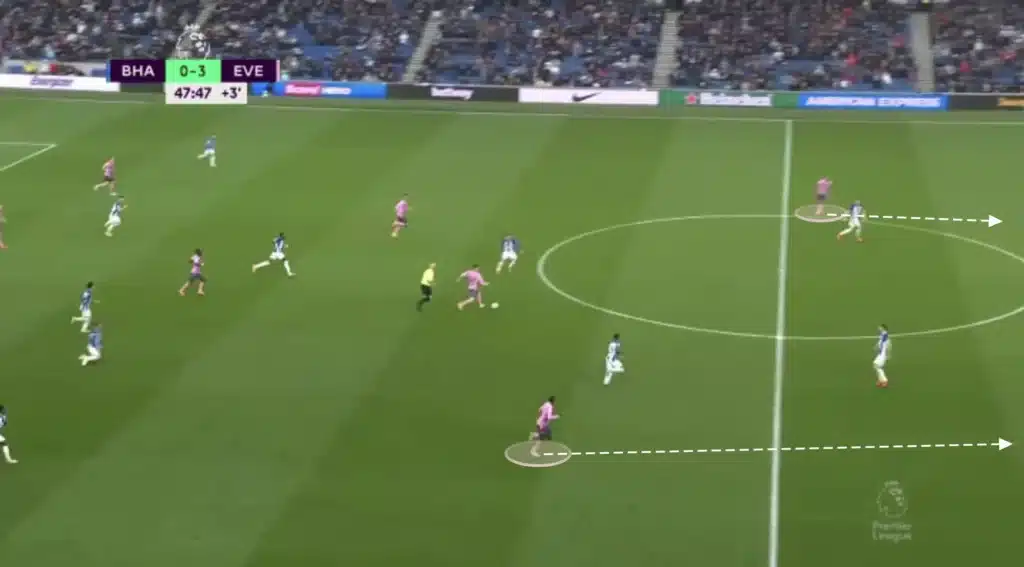
2. Physical Demands
Attacking fullbacks cover immense distances during games, often running up and down the flanks for 90 minutes. This role requires exceptional stamina and fitness to maintain performance levels in both halves of the pitch.
3. Tactical Discipline
Balancing attacking and defensive responsibilities is one of the biggest challenges for fullbacks. Overcommitting forward can leave the team exposed, while being overly cautious limits their attacking influence. Striking this balance requires excellent tactical understanding and decision-making.
Conclusion
The attacking fullback is a testament to the evolution of modern football. No longer just defensive players, they now play an integral role in their team’s attacking philosophy. By providing width, creating overloads, and contributing to build-up play, attacking fullbacks help teams dominate games and unlock stubborn defenses.
However, this role comes with challenges. The physical and tactical demands are immense, and the space left behind requires teams to develop strategies to mitigate defensive vulnerabilities. Yet, the impact of attacking fullbacks on the modern game is undeniable.
As football tactics continue to evolve, fullbacks will remain a key part of innovative systems, bridging the gap between defense and attack and driving their teams toward success.

